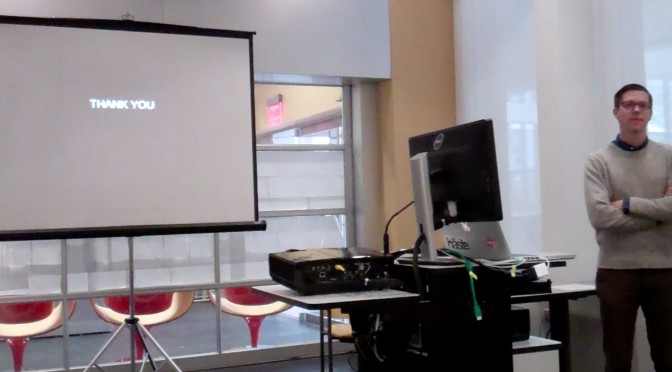Brian McSherry
Adjunct Professor
Borough of Manhattan Community College
By using art, design, and law how can one legally affect politics and social equity in the United States, specifically when it comes to symbols of hate? This proposal looks towards a specific intersection of art, design, physical property, and legal loopholes to answer the aforementioned question as it relates to proposed border policies in the United States. At the intersection of art and law in the United States is the Visual Artists Rights Act (VARA) of 1990, which forbids the destruction or manipulation of copyrightable works of art.[1]
Recently, the destruction of 5pointz, a derelict graffiti haven in Long Island City, exemplified the power that VARA has as it relates to real estate production (Feuer, 2018).[2] Jerry Wolkoff, the owner and developer of 5pointz, was forced to pay 45 graffiti artists a total of $6.7million in restitution for the destruction of the artists’ work.
However, can VARA be used as an estoppel to the destruction of art, or is it merely a remedy for damages? According to the case of David Phillips, VARA allows for a temporary restraining order to protect works that are likely to be altered (Lipez, 2006).[3]
This proposal looks at these cases, the history of VARA, temporary restraining orders as a guide to create site-specific graphical work to stop border wall production. In order to halt the production of a border wall, one must purchase a parcel of land and create a site-specific graphical structure.
Here, one will not only have real estate protection, but also protection in the intellectual property of the work and the protection granted under VARA. Thus, an artist can use law as art and art as law to create a visual and physical safe haven in an area brimming with symbols of hate and exclusion.
[1] Visual Artists Rights Act of 1990, Pub. L. No. 101-650, 104 Stat. 5128 (codified in scattered sections of 17 U.S.C.).
[2] Feuer, Alan, “Graffiti Artists Awarded $6.7 Million for Destroyed 5Pointz Murals”, New York Times, 2018.
[3] Phillips v. Pembroke Ral Estate, Inc., 459 F.3d 128 (1st Cir. 2006).


